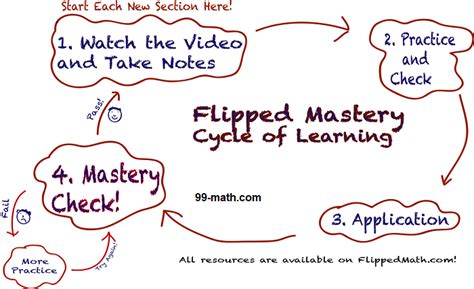Introduction

Calculus, a cornerstone of modern mathematics, has often been perceived as an impenetrable subject for many students. Traditional instructional methods, characterized by passive lectures and rote memorization, have struggled to ignite genuine understanding and engagement. However, the advent of technology and innovative pedagogical approaches has ushered in a new era of calculus education: flipped math.
What is Calculus Flipped Math?
Flipped math is a transformative instructional model that upends the conventional classroom paradigm. Instead of relying heavily on in-class lectures, students access learning materials, typically in the form of videos, readings, or online simulations, outside of class time. Class sessions are then dedicated to active engagement in problem-solving, discussions, and collaborative projects.
Benefits of Calculus Flipped Math
Numerous research studies have extolled the benefits of flipped math in calculus education. These include:
- Enhanced student engagement: By freeing up class time for interactive activities, flipped math fosters a more stimulating and engaging learning environment.
- Improved comprehension: The self-paced nature of flipped math allows students to revisit and review materials at their own pace, leading to a deeper understanding of concepts.
- Increased critical thinking: Collaborative problem-solving exercises and discussions in class promote higher-order thinking and analytical skills.
- Personalized learning: Flipped math empowers students to tailor their learning experience to their individual needs and preferences.
Case for Technology
Technology plays a pivotal role in enabling the flipped math model. Online platforms, video conferencing tools, and interactive simulations facilitate access to learning materials and enhance student engagement.
Effective Strategies
Implementing flipped math in calculus requires thoughtful planning and effective strategies:
- Curate high-quality learning materials: Create or select engaging and informative videos, readings, and simulations that cover the course content.
- Design meaningful in-class activities: Class sessions should focus on active problem-solving, group discussions, and collaborative projects that reinforce concepts and develop critical thinking skills.
- Provide ongoing support: Establish clear communication channels and offer regular feedback to students to ensure they are supported and motivated.
Tips and Tricks
To optimize the flipped math experience, consider the following tips:
- Incorporate real-world applications: Introduce practical examples and industry-relevant projects to make the learning experience more tangible and meaningful.
- Foster a positive and collaborative classroom culture: Create a welcoming and supportive environment where students feel comfortable asking questions and sharing ideas.
- Leverage student feedback: Regularly solicit student feedback to identify areas for improvement and tailor the flipped math approach accordingly.
Applications Beyond Calculus
The principles of flipped math can be applied to a wide range of educational settings beyond calculus. Its emphasis on active engagement and student-centered learning makes it a suitable approach for subjects across the STEM (science, technology, engineering, and mathematics) curriculum.
Table 1: Comparison of Traditional vs. Flipped Math in Calculus
| Feature | Traditional Math | Flipped Math |
|---|---|---|
| Lecture style | Passive | Active |
| Class time use | Lectures | Problem-solving |
| Student role | Recepient | Co-creator |
| Technology use | Limited | Extensive |
| Engagement level | Low | High |
Table 2: Benefits of Flipped Math in Calculus
| Benefit | Impact |
|---|---|
| Enhanced engagement | Increased motivation and interest |
| Improved comprehension | Deeper understanding of concepts |
| Increased critical thinking | Development of analytical skills |
| Personalized learning | Tailored to individual needs |
Table 3: Effective Strategies for Flipped Math in Calculus
| Strategy | Description |
|---|---|
| Curate high-quality materials | Develop or select engaging videos, readings, and simulations |
| Design meaningful in-class activities | Focus on problem-solving, discussions, and projects |
| Provide ongoing support | Establish clear communication and offer regular feedback |
Table 4: Tips and Tricks for Flipped Math in Calculus
| Tip | Description |
|---|---|
| Incorporate real-world applications | Make learning relevant and tangible |
| Foster a positive classroom culture | Create a supportive and collaborative environment |
| Leverage student feedback | Improve flipped math implementation through student input |
Conclusion
Calculus flipped math is a transformative approach that has revolutionized the teaching and learning of calculus. By embracing technology and active engagement, it fosters a more stimulating and effective learning experience for students. As educators continue to innovate and explore new applications, the impact of flipped math is poised to extend beyond calculus and reshape the entire educational landscape.
